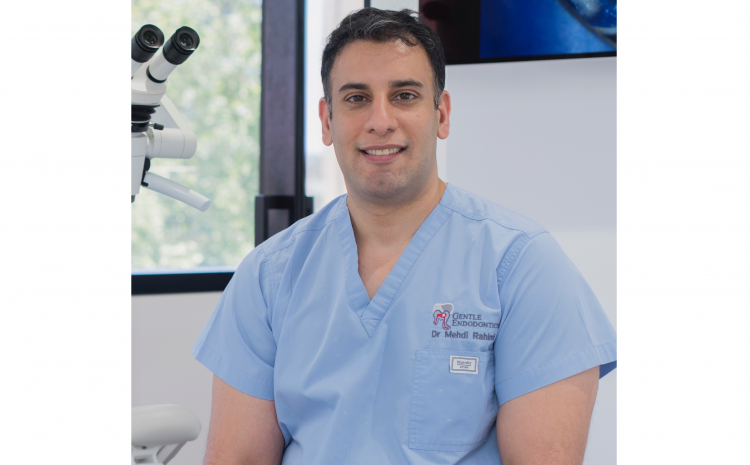Peter Gilheany Memorial Lecture – Management of Cracked Teeth: From Identification to Cuspal Protection

Adj Assoc Prof Mehdi Rahimi
BSc, BDS Distinction (NZ), DCD (Endo), FICD, FPFA, MRACDS
Lecturer’s Biography
Mehdi Rahimi is an Adjunct Associate Professor at Charles Sturt and La Trobe Universities. Mehdi graduated with a Bachelor in Dental Surgery with distinction from the University of Otago (New Zealand) in 2002 and received his Doctorate of Clinical Dentistry (Endodontics) degree from the University of Melbourne in 2008. He has been actively involved in Endodontic teaching at various continued education levels, both nationally and internationally. Mehdi is a guest tutor for the DCD in endodontics at Melbourne University. He is also a part-time lecturer and clinical tutor at Sydney University. Mehdi is a CPD mentor for the Australian Dental Association (NSW branch). Mehdi has obtained several publications in the field of forensic dentistry and Endodontics (resin-based obturation material and fractured instruments). In 2000 he was awarded the Sir Allan Wilkinson award for the most worthwhile research in Medicine and Dentistry from the University of Otago, in 2001 he was awarded the International Association for Dental Research Young Researchers Award and in 2002 Mehdi received the Pierre Fauchard Academy Award of Merit. Mehdi is the branch federal councillor and immediate past president of the Australian Society of Endodontology (NSW branch), the immediate past president of the Australian Asian Association of Dentists, a fellow of the International College of Dentists (FICD), a fellow of the Pierre Fauchard Academy (FPFA), a member of the Australian Dental Association (NSW) Education & Research Committee, ADA NSW Advocacy Committee, a member of the Royal Australian College of Dental Surgeons in Endodontics, and a member of the Australian and New Zealand Academy of Endodontists. Since 2020, Mehdi has also been an ADA NSW Federal Councilor. Mehdi is also the current NSW branch Federal Councillor for the ASE.
Lecture Synopsis
A lack of consensus exists among dentists and endodontists in managing cracked teeth. Accurate clinical evaluation, imaging and diagnosis is paramount to proper treatment planning of these teeth. With the resurgence of the philosophy of retaining compromised teeth over extraction, and our patients’ desire to keep their teeth, the question remains: which cracked teeth should be treated and which cracked teeth should be extracted? This evidence-based presentation will address the classification and diagnosis of different types of cracks and the role of CBCT imaging in these cases, as well as the prognosis and treatment outcomes of restored cracked teeth.
The aim of restoring the tooth with a full coverage crown or onlay is to reduce the risk of a fracture, or to limit propagation of pre-existing fractures. A recently developed material, monolithic zirconia, is used to create crowns that exhibit increased strength, lack of wear and reduced deflection. Zirconia is considered by the dental profession to be a new-age material and is becoming widely accepted in clinical practice. Under occlusal load, crowns made from this material might increase the risk or propagation of cracks by transmitting forces to the root or crown/root interface. Materials such as nano-ceramics, composite or gold display a similar modulus of elasticity to dentine and as a result act as a stress absorber which may reduce stress within root dentine under load.
At the conclusion, participants should be able to:
• Describe the variables that exist that lead the clinician to suspect a cracked tooth.
• Discuss the various long-term healing possibilities from a tooth that may have a crack.
• Understand the role of CBCT imaging in identifying cracked tooth types, extent of the fractures, and early bone pattern changes associated with cracked teeth.
• Predict what may happen when a compromised tooth is endodontically treated and restored back into the arch.
• Understand how various materials such as zirconia restorations can affect prognosis of endodontically treated teeth.
• Understand how we can minimize risk of tooth fractures following endodontic treatment and/or restoration of the compromised tooth.


